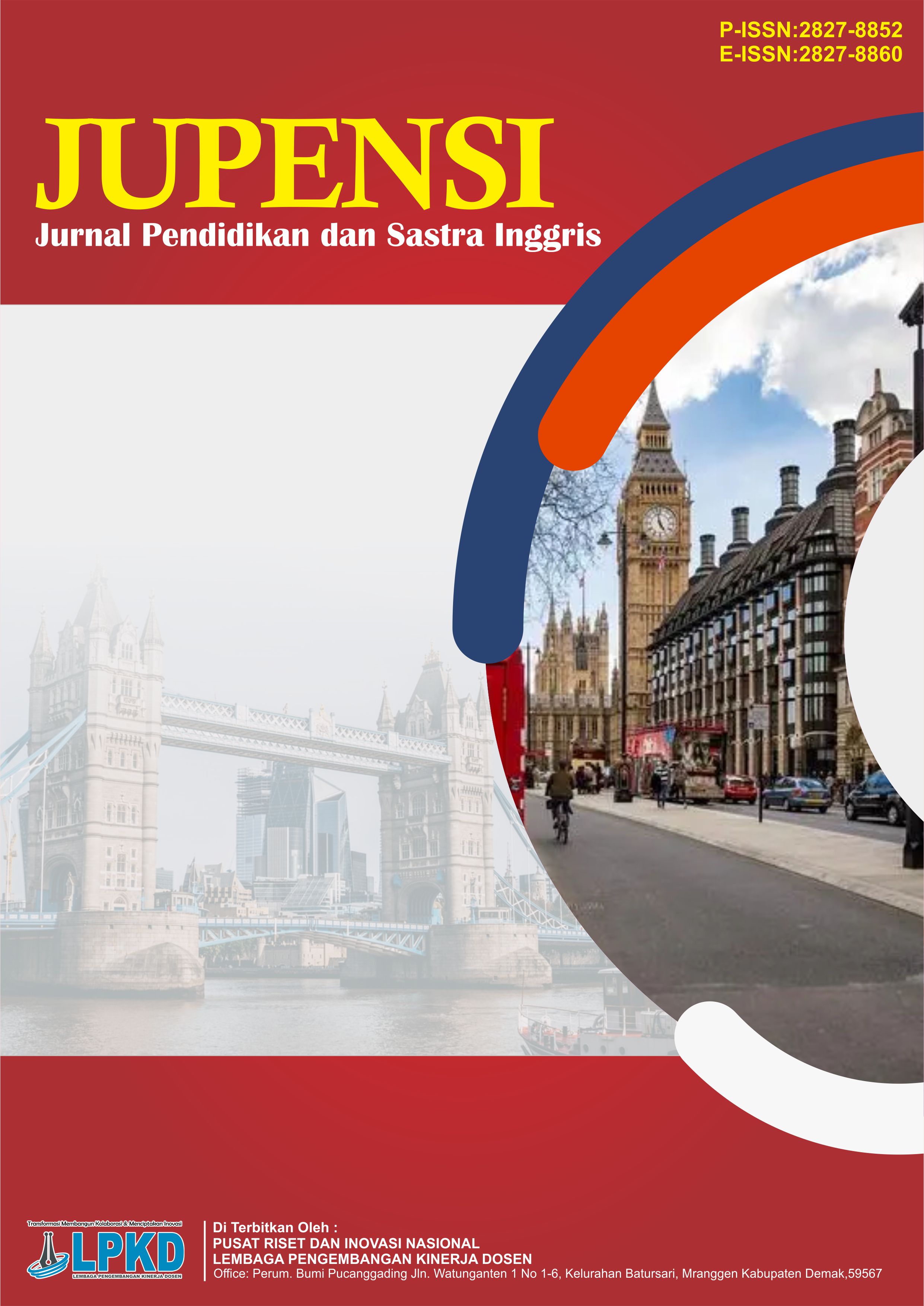Pengembangan Media Hologram Berbasis Augmented Reality (AR) Bertema Kearifan Lokal Palembang di TK Royal Islamic School Palembang
DOI:
https://doi.org/10.55606/jupensi.v5i3.6236Keywords:
Augmented Reality, Early Childhood, Holograms, Local Wisdom Themes, R&DAbstract
Many generations do not know the local wisdom of their region, even though local wisdom is a dynamic source of knowledge. Local wisdom also shows positive habits of human relations with nature and the surrounding environment with the aim of developing learning by utilizing augmented reality based technology and also to find out how to develop hologram media based on augmented reality with the theme of local wisdom in early childhood. Augmented Reality-based hologram Media is a development of holograms which can usually be seen in 2D or through images only, by using augmented reality-based technology you can see them in real or 3D, using a Smartphone. The research method used is research and development (R&D) with the ADDIE research model modified to ADD (Analysis, Design, Development). The population of this study were students at the IT Royal Islamic School Kindergarten in Palembang. The number of samples for one-to-one trials is 5 students and small group trials are 10 students. Data collection techniques use interviews, questionnaires, observation and documentation. This research uses data analysis techniques in the form of validation and effectiveness. The results of the data were obtained from validation and effectiveness test questionnaires and then analyzed using a Likert scale based on the questionnaire response score rules. The results of this research show that augmented reality-based hologram media was developed based on the results of the material expert assessment of 85% so it was declared very valid, the language validation assessment was 80% so it was declared very valid, the media expert's assessment was 90% so it was declared very valid and based on the results of the student instrument questionnaire. which was carried out in the form of interviews and observations, namely the results of the one-to-one trial were 95.2% and the results of the small group trial were 95.4% so that at the trial stage both were declared very good . It can be concluded that hologram media based on augmented reality with the theme of Palembang's local wisdom is suitable for use in the learning process.
Downloads
References
Arifudin, A., Kuswandi, D., & Soepriyanto, Y. (2019). Pengembangan media obyek 3 dimensi digital sel hewan dan tumbuhan memanfaatkan piramida hologram untuk MTS. JKTP: Jurnal Kajian Teknologi Pendidikan, 2(1). https://doi.org/10.17977/um038v3i42020p366
Ayu Annisa. (2022). Pengembangan LKPD berbantuan PHET simulations materi asam basa. Jurnal Pendidikan Kimia.
Cahyadi, R. A. H. (2019). Pengembangan bahan ajar berbasis ADDIE model. Halaqa: Islamic Education Journal, 3(1). https://doi.org/10.21070/halaqa.v3i1.2124
Cahyaningtyas. (2020). Pembelajaran menggunakan augmented reality untuk anak usia dini di Indonesia. Jurnal Teknologi Pendidikan, Universitas Negeri Malang. https://doi.org/10.33394/jtp.v5i1.2850
Ferdiansyah, Z. D., Kuswandi, D., & Soepriyanto, Y. (2022). Pengembangan objek 3D memanfaatkan piramida hologram berbasis smartphone materi sistem gerak manusia. JKTP: Jurnal Kajian Teknologi Pendidikan, 5(1), 98. https://doi.org/10.17977/um038v5i12022p072
Iqbal, M. A., & Rosnelly, R. (2020). Perancangan aplikasi media pembelajaran pengenalan lapisan bumi menggunakan augmented reality berbasis Android. Jurnal Mahasiswa Fakultas Teknik dan Ilmu Komputer, 1(1).
Kartawinata, A. M. (2020). Etnografi Garna tentang kebudayaan Baduy (Catatan untuk mengenang Prof. H. Judistira K. Garna, Ph.D). Umbara, 5(2). https://doi.org/10.24198/umbara.v5i2.30663
Nasution, R. A. (2019). Implementasi pembelajaran tematik dengan tema diri sendiri di TK A PAUD Khairun Kirs Medan Tembung. Jurnal Raudhah, 7(1).
Nst, F. K., Faisal, I., & Chiuloto, K. (2022). Media pengenalan makanan khas daerah Sumatera menggunakan teknologi augmented reality berbasis Android. Algoritma: Jurnal Ilmu Komputer dan Informatika, 6(1).
Priyatna, M. (2017). Pendidikan karakter berbasis kearifan lokal. Edukasi Islami: Jurnal Pendidikan Islam, 5(10). https://doi.org/10.30868/ei.v5i10.6
Rahyono, F. X. (2009). Kearifan budaya dalam kata. Wedatama Widyasastra.
Safitri, dkk. (2022). Literatur review: Penerapan augmented reality pada pembelajaran teks berita Bahasa Indonesia. Jurnal Magister Pendidikan Bahasa dan Sastra Indonesia, Universitas Lampung.
Soepriyanto, Y., Sihkabuden, S., & Surahman, E. (2021). Pengembangan bahan ajar objek 3 dimensi digital memanfaatkan hologram piramid. Pradina Pusaka.
Sugiyono. (2021). Metode penelitian kuantitatif, kualitatif, dan R&D (Cetakan ke-3). Alfabeta.
Downloads
Published
How to Cite
Issue
Section
License
Copyright (c) 2025 Jurnal Pendidikan dan Sastra Inggris

This work is licensed under a Creative Commons Attribution-ShareAlike 4.0 International License.









